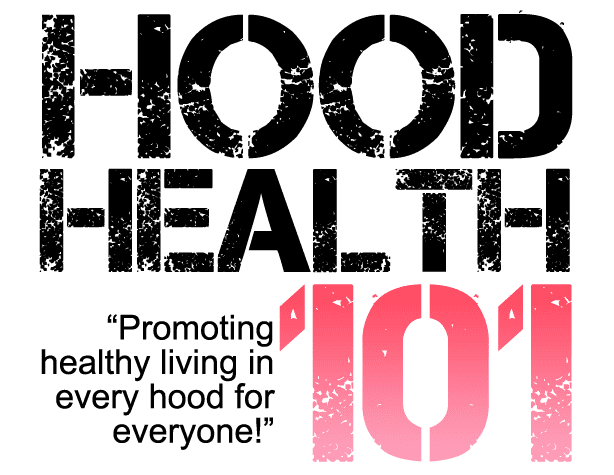This essential edition of HH101 deals with the importance of recognizing and treating depression
In keeping with my commitment for National Minority Mental Health Awareness Month, this article will focus on depression. If any of you are reading this for the first time or for the first time this month, all of my Hood Health articles this month will feature a different mental disorder. Depression according to the Mayo Clinic is a mood disorder. It causes a persistent feeling of sadness and loss of interest. It is also referred to as major depression, major depressive disorder, or clinical depression. Due to the nature of the mental disorder it affects how you feel, think, behave, and can lead to a variety of other emotional and physical problems.
There are many symptoms of depression. The Mayo Clinic and WebMd list the following as symptoms of depression:
** Feelings of sadness, emptiness or unhappiness
** Angry outbursts, irritability or frustration, even over small matters
** Loss of interest or pleasure in normal activities, such as sex
** Sleep disturbances, including insomnia or sleeping too much
** Tiredness and lack of energy, so that even small tasks take extra effort
** Changes in appetite: often reduced appetite and weight loss, but increased cravings for food and weight gain in some people
** Anxiety, agitation or restlessness: for example, excessive worrying, pacing, hand-wringing or an inability to sit still
** Slowed thinking, speaking or body movements
** Feelings of worthlessness or guilt, fixating on past failures or blaming yourself for things that are not your responsibility
** Trouble thinking, concentrating, making decisions and remembering things
** Frequent thoughts of death, suicidal thoughts, suicide attempts or suicide
** Unexplained physical problems, such as back pain or headaches
There are several different types of depression also. The symptoms are not necessarily the same with each type and they can be manifested differently within different age groups. Please focus on the varying types and the most common symptoms of them.
** Anxious distress: unusual restlessness or worry about possible events or loss of control
** Mixed features: simultaneous depression and mania, which includes elevated self-esteem, talking too much, and racing thoughts and ideas
** Melancholic features: severe depression with a profound lack of response to something that used to bring pleasure, associated with early morning awakening, worsened mood in the morning, significant changes in appetite, and feelings of guilt, agitation or sluggishness
** Atypical features: ability to be cheered by happy events, increased appetite, little need for sleep, sensitivity to rejection, and a heavy feeling in arms or legs
** Psychotic features: depression accompanied by delusions or hallucinations, which may involve themes of personal inadequacy or negative themes
** Catatonia: includes motor activity that involves either uncontrollable and purposeless movement or fixed and inflexible posture
** Peripartum onset: occurs during pregnancy or in the weeks or months after delivery (postpartum)
** Seasonal pattern: related to changes in seasons and diminished exposure to sunlight
Depression is a serious mental disorder that often gets worse if it is left untreated. I am not an advocate of any particular method of dealing with depression. Every person is different and ultimately you must do what is best for you and your personal welfare. I will also add that if you do choose the method that includes prescription drugs please give serious consideration to the potential side effects. Similarly, you may want to look into vitamin therapy as well. Furthermore, it is important to recognize that feelings of depression can also lead to suicide. If you find that you are having suicidal thoughts please reach out to someone you trust and speak to them, or call the National Suicide Prevention Lifeline at 800-273-TALK (800-273-8255) to reach a trained counselor, and most importantly make an appointment with your health care professional.
This article is not intended to assist you in ascertaining a diagnosis, nor is it meant to provide you with an in depth perspective of each illness. The articles presented this month are intended to provide you with a degree in information on a particular illness and its symptoms. If you have questions or need to be evaluated, again, please see your healthcare professional.
-Nakeasha Johnson(@NakeashaJ)
